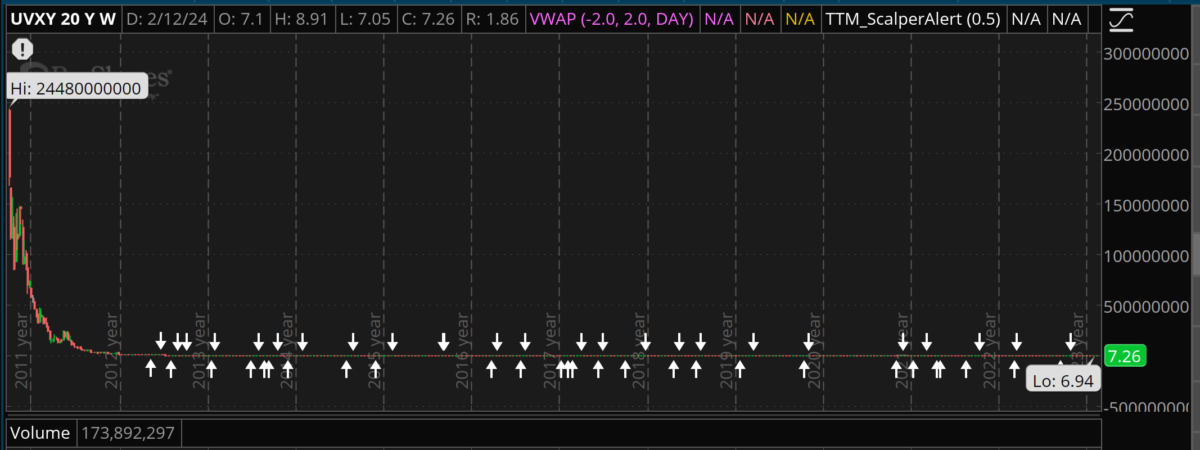by Fred Fuld III
The stock market is often surrounded by myths that can intimidate potential investors or lead to misconceptions about how it works. Whether it’s seasoned traders or first-time investors, many still fall prey to outdated beliefs or misleading narratives. Today, we’re going to debunk three of the most common stock market myths and provide fresh perspectives on what really drives success in the markets.
Myth 1: Investing in Stocks is Just Like Gambling
The Reality: While both stock investing and gambling involve risk, the two are fundamentally different in terms of strategy and long-term outcomes.
The notion that investing in stocks is equivalent to gambling is rooted in the fact that both activities involve uncertain outcomes. However, gambling is typically a zero-sum game with fixed odds, where the house always has the advantage. In contrast, stock investing is a way to own part of a business, and the value of that business can grow over time as it generates revenue and profits.
Unique Insight: The stock market rewards informed decisions and long-term thinking. Rather than relying on chance, successful investors analyze businesses, industries, and market trends to make calculated investments. While there are short-term fluctuations, over the long term, the stock market tends to reflect the growth of the economy, offering opportunities for investors to grow their wealth as well.
Takeaway: Smart investing is about researching and understanding the companies you invest in, not simply “betting” on the next big thing.
Myth 2: You Need a Lot of Money to Start Investing
The Reality: In today’s digital age, investing is more accessible than ever, and you don’t need to be wealthy to start.
One of the biggest barriers for would-be investors is the belief that you need thousands of dollars to make meaningful investments. In the past, this might have been somewhat true due to high brokerage fees or minimum investment requirements. However, the landscape has shifted dramatically with the rise of low-cost brokers and fractional shares, allowing individuals to invest with just a few dollars.
Unique Insight: The real key to success isn’t how much money you start with but how consistently you invest and for how long. With compounding interest, even small, regular investments can grow substantially over time. Many online platforms now allow you to invest in fractional shares, meaning you can own a portion of expensive stocks like Amazon or Tesla without needing the full share price.
Takeaway: The power of investing lies in the habit of starting early and being consistent. You don’t need to be wealthy to build wealth.
Myth 3: The Stock Market is Too Volatile for Average Investors
The Reality: While short-term volatility exists, long-term investors typically outperform by riding out the ups and downs.
The fear of losing money during market downturns leads many people to believe that the stock market is too unstable for the average investor. This perception often comes from focusing too much on short-term price movements. It’s true—the market can experience sudden drops, but historically, it has always recovered and continued to grow over time.
Unique Insight: Market volatility is often overemphasized in the media, which can make it seem like investing is risky business. In reality, volatility is a normal part of the market cycle, and those who can stay calm and avoid selling in panic often come out ahead. What really drives long-term gains is time in the market, not trying to time the market. Holding a diversified portfolio of stocks over the long term has historically provided returns that outpace inflation and other investments like bonds or real estate.
Takeaway: Volatility is not your enemy. Long-term investors who stay the course usually benefit from the market’s overall upward trajectory.
Conclusion: Redefining Stock Market Success
Investing in the stock market doesn’t have to be a gamble, nor does it require a large sum of money or a high tolerance for risk. By dispelling these myths, we hope to show that the stock market is a tool that can be harnessed by everyday investors—those who take the time to learn, make informed decisions, and stay patient.
Remember, building wealth through the stock market is not about overnight success but rather about thoughtful and consistent long-term investments. So, get started today, even if it’s small, and let time work its magic on your portfolio!
What other stock market myths have you come across? Drop them in the comments below, and let’s continue to separate fact from fiction!


